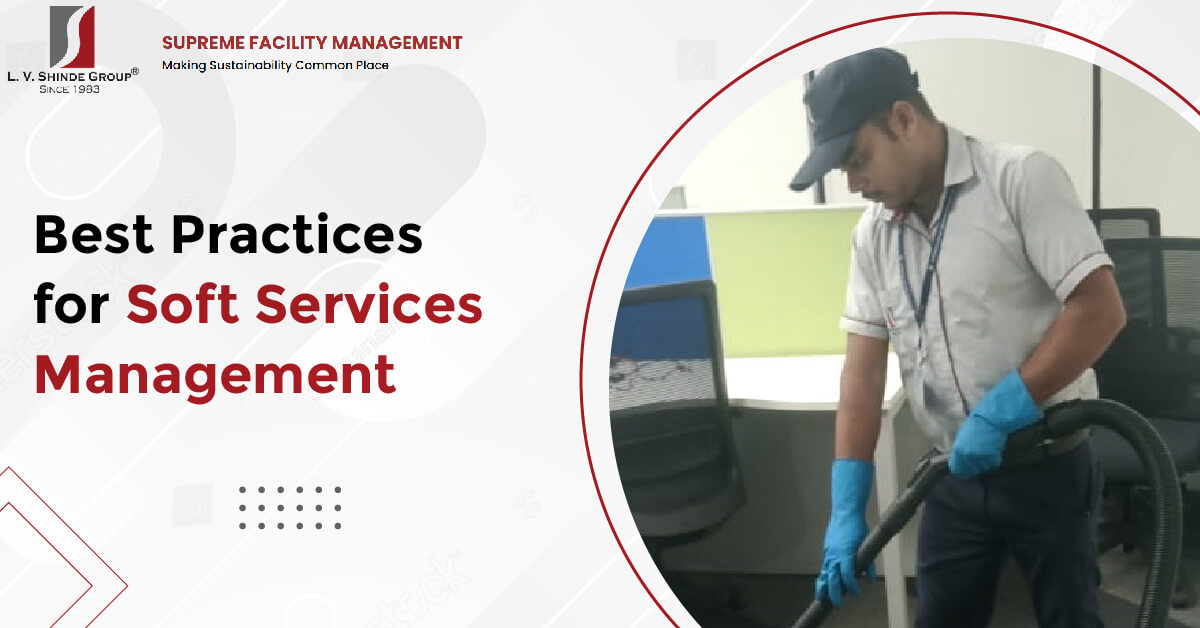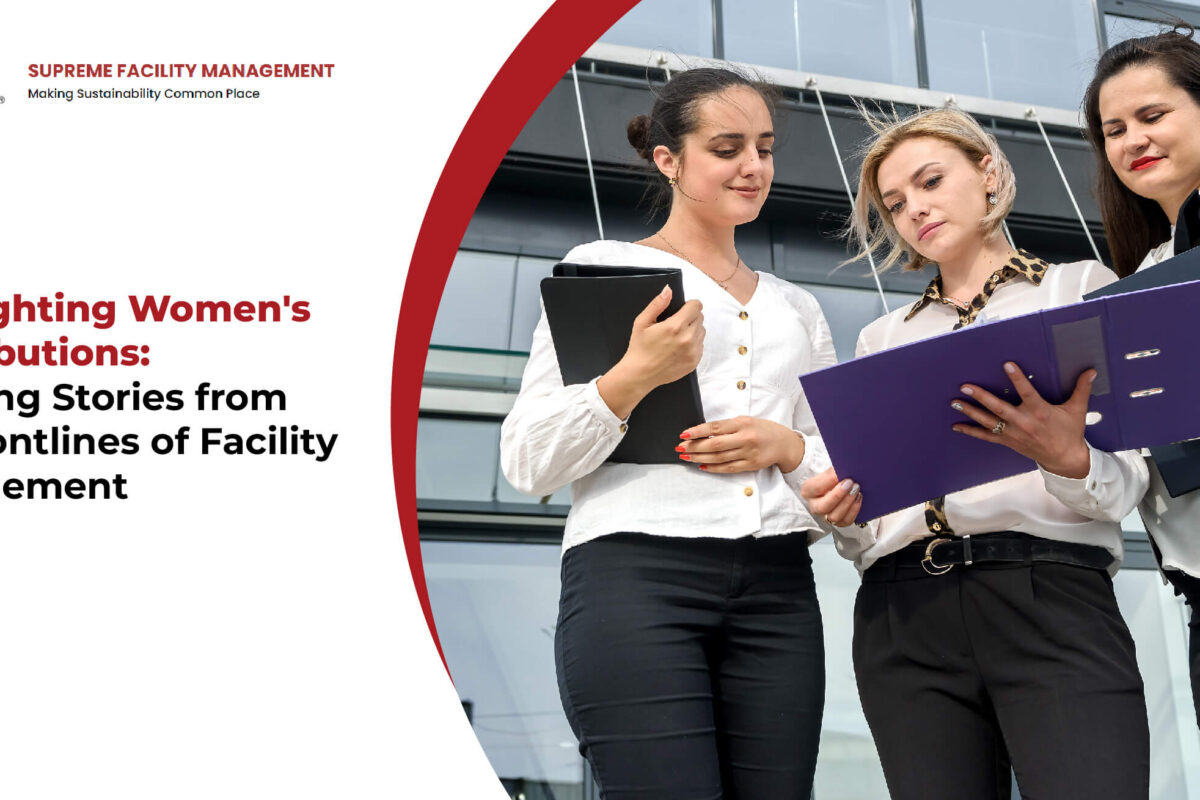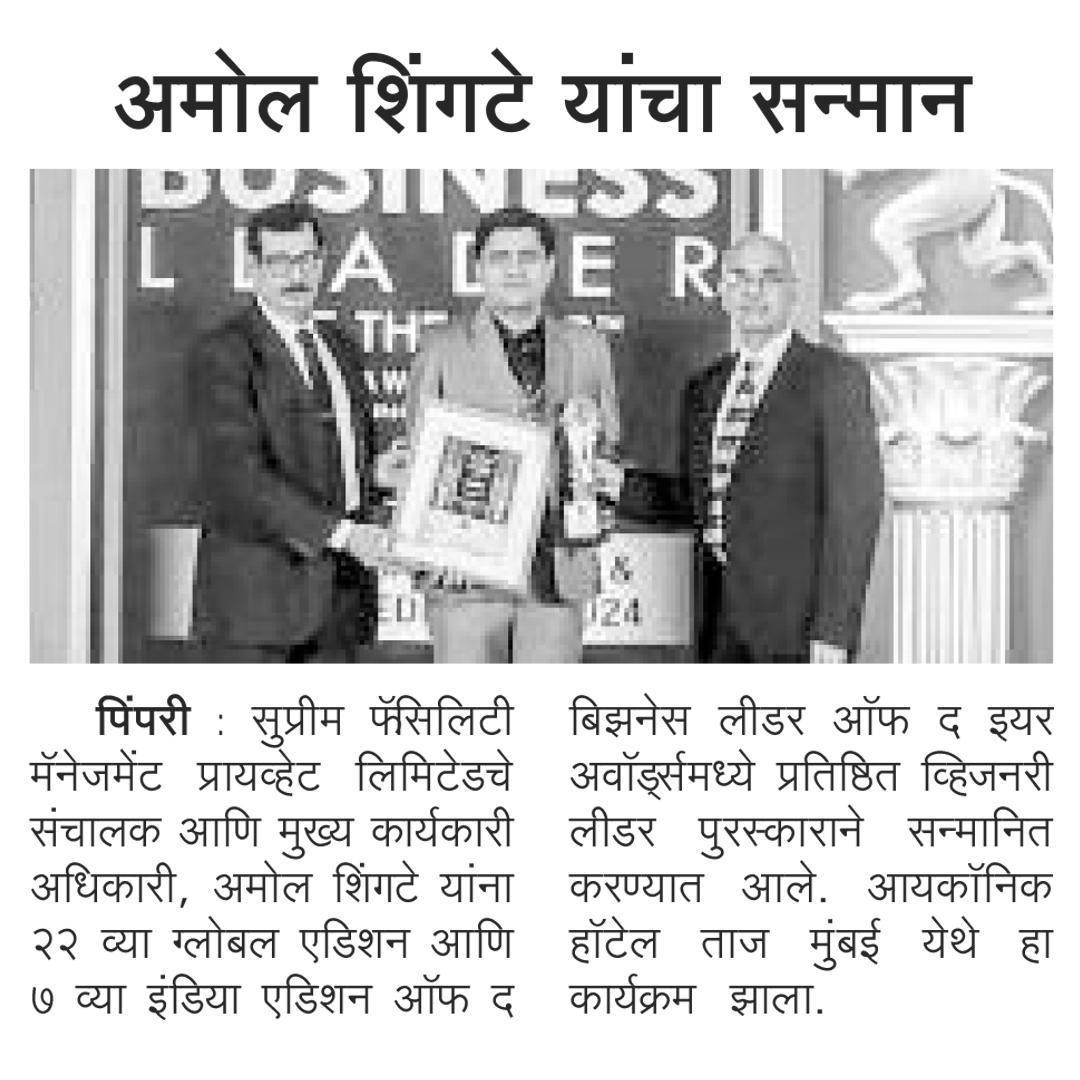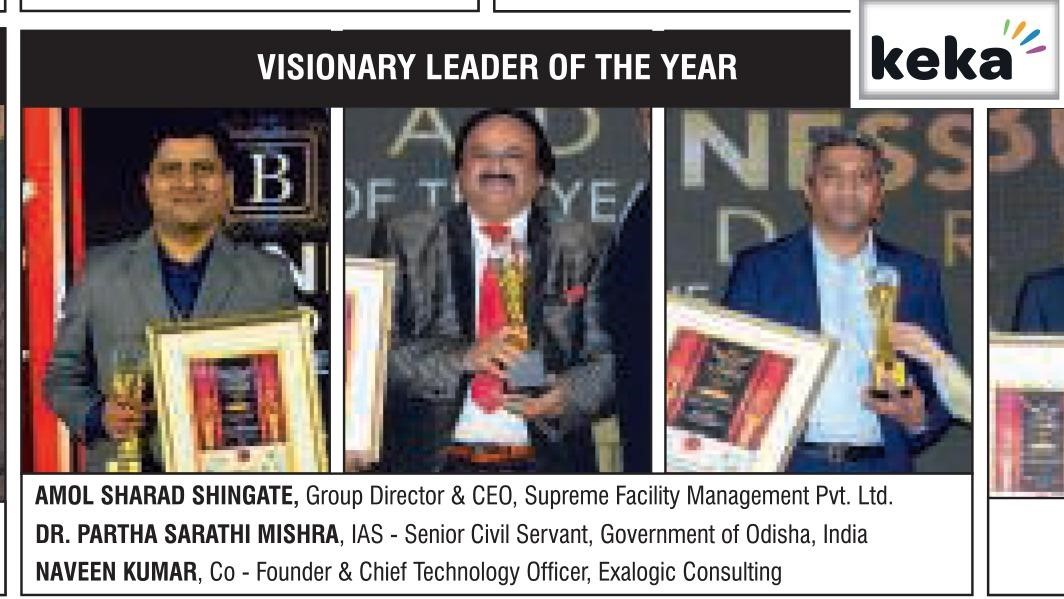Top Strategies for Carbon Footprint Reduction in Logistics
In the modern era, where environmental sustainability has become a critical global concern, industries across the board are seeking ways to reduce their carbon footprints. Among these industries, logistics stands out as a significant contributor to greenhouse gas emissions due to its reliance on transportation, warehousing, and distribution processes. In this blog post, we will delve into the various aspects of carbon footprint reduction in logistics, including its definition, components, contributing factors, measurement importance, top strategies, challenges faced, and emerging trends in sustainable logistics.
What is the Carbon Footprint in Logistics?
Before diving into strategies for reducing carbon footprints in logistics, it’s crucial to understand what this term entails. A carbon footprint refers to the total amount of greenhouse gases, primarily carbon dioxide, emitted directly or indirectly by an individual, organization, event, or product. In the context of logistics, carbon footprint specifically refers to the emissions produced during the transportation, storage, and handling of goods as they move through the supply chain.
Logistics activities encompass a wide range of processes, including transportation by road, rail, sea, and air, as well as warehousing, packaging, and last-mile delivery. Each of these activities contributes to the overall carbon footprint of a logistics operation. Understanding and mitigating these emissions is essential for achieving sustainability goals and reducing environmental impact.
Components of Carbon Footprint in Logistics
When we delve into the carbon footprint of logistics operations, we uncover several pivotal components that contribute to this environmental impact. These components are fundamental to understanding the intricate web of emissions that arise from logistical activities:
1. Transportation Emissions:
This includes emissions from trucks, ships, trains, and airplanes used to move goods from one location to another. Factors such as fuel type, vehicle efficiency, distance travelled, and load capacity significantly impact transportation emissions.
2. Energy Consumption in Warehousing:
Warehouses require energy for lighting, heating or cooling, and operating material handling equipment. The energy sources used, energy efficiency measures implemented, and renewable energy adoption affect the carbon footprint of warehousing activities.
3. Packaging Materials:
The materials used for packaging, such as plastic, cardboard, or paper, contribute to emissions both in their production and disposal. Optimizing packaging design and using eco-friendly materials can help reduce this component of the carbon footprint.
4. Supply Chain Complexity:
The complexity of supply chains, including the number of intermediaries involved, transportation routes, and mode switching, can increase carbon emissions. Streamlining supply chain processes and adopting efficient logistics practices can mitigate this impact.
5. Last-Mile Delivery:
The final stage of delivery to end consumers often involves multiple stops, inefficient routes, and vehicle idling, leading to higher emissions per unit of goods delivered. Implementing route optimization, alternative delivery methods (e.g., drones, electric vehicles), and consolidation strategies can address last-mile emissions.
Factors Contributing to Carbon Emissions in Logistics
Numerous interconnected factors contribute to the carbon emissions generated by logistics operations, highlighting the complexity and multifaceted nature of this environmental challenge:
1. Fuel Type and Efficiency:
The type of fuel used, such as diesel, gasoline, natural gas, or electricity, influences emissions. Additionally, vehicle efficiency, including engine technology and aerodynamics, plays a role in determining emissions per unit of distance traveled.
2. Distance Travelled:
Longer transportation distances result in higher emissions, especially for modes like air freight that have significant carbon intensity per kilometer. Optimizing transportation routes and modes can reduce distance-related emissions.
3. Vehicle Load Utilization:
Utilizing vehicles below their maximum capacity leads to inefficiencies and higher emissions per unit of cargo. Implementing strategies like load consolidation, backhauling, and collaborative shipping can improve load utilization and reduce emissions.
4. Warehousing Energy Use:
Energy-intensive operations within warehouses, such as lighting, heating, ventilation, and air conditioning (HVAC), contribute to emissions. Adopting energy-efficient technologies, optimizing storage layouts, and utilizing renewable energy sources can lower warehouse-related emissions.
5. Packaging Waste:
Improper disposal of packaging materials contributes to carbon emissions, particularly if materials end up in landfills or incinerators. Implementing recycling programs, reducing packaging waste through design improvements, and using biodegradable materials can mitigate this impact.
6. Supply Chain Complexity:
Complex and inefficient supply chains with multiple intermediaries, handoffs, and mode shifts lead to higher emissions due to increased transportation and handling requirements. Simplifying supply chain processes, reducing unnecessary intermediaries, and optimizing inventory management can lower emissions.
Importance of Measuring and Tracking Carbon Footprint
Measuring and tracking the carbon footprint of logistics operations is imperative for numerous compelling reasons, each highlighting the critical role of environmental accountability and sustainability in today’s global landscape:
1. Performance Monitoring:
It allows businesses to monitor their environmental performance over time, track progress toward sustainability goals, and identify areas for improvement.
2. Decision Making:
Data on carbon emissions helps inform decisions about logistics strategies, such as mode selection, route optimization, vehicle fleet management, and energy-efficient practices.
3. Regulatory Compliance:
Many governments and regulatory bodies impose emissions reporting requirements and set targets for carbon reduction. Measuring carbon footprint ensures compliance with regulations and avoids potential penalties.
4. Stakeholder Engagement:
Customers, investors, and other stakeholders are increasingly concerned about environmental sustainability. Transparent reporting of carbon footprint data demonstrates a company’s commitment to sustainability and can enhance stakeholder trust and loyalty.
5. Cost Reduction:
Reducing carbon emissions often leads to cost savings through improved operational efficiency, reduced fuel consumption, lower waste generation, and decreased environmental impact fees or taxes.
Top Strategies for Carbon Footprint Reduction in Logistics
Now, let’s delve into a detailed exploration of some of the most effective strategies that logistics companies can proactively implement to significantly reduce their carbon footprints and contribute positively to environmental sustainability:
1. Mode Shifting:
Encourage the use of lower-emission transportation modes, such as rail or sea freight, for long-distance hauls whenever feasible. This reduces the carbon intensity of transportation compared to relying solely on road or air transport.
2. Route Optimization:
Utilize route planning and optimization software to minimize mileage, reduce fuel consumption, and avoid traffic congestion. Optimized routes lead to shorter travel times, lower emissions, and improved delivery efficiency.
3. Vehicle Fleet Optimization:
Invest in fuel-efficient vehicles, including hybrid or electric trucks, and maintain them regularly to ensure optimal performance. Implement driver training programs focused on eco-driving techniques to promote fuel savings and emissions reduction.
4. Load Consolidation:
Maximize vehicle load capacity through efficient load consolidation and backhauling strategies. Combining multiple shipments into fewer trips reduces the number of vehicles on the road, lowering emissions per unit of cargo transported.
5. Energy-Efficient Warehousing:
Upgrade warehouse facilities with energy-efficient lighting, heating, cooling, and insulation systems. Install renewable energy sources such as solar panels or wind turbines to generate clean energy onsite.
6. Packaging Optimization:
Optimize packaging design to minimize material usage, reduce weight, and maximize recyclability or biodegradability. Use eco-friendly materials and promote recycling or reuse of packaging wherever possible.
7. Collaborative Logistics:
Collaborate with other companies or partners to share transportation resources, consolidate shipments, and reduce empty backhauls. Collaborative logistics efforts lead to resource optimization and emissions reduction across the supply chain.
8. Technology Adoption:
Embrace digital technologies such as Internet of Things (IoT) devices, telematics, and real-time tracking systems to monitor and optimize logistics operations. Data-driven insights enable better decision-making for emission reduction initiatives.
9. Alternative Fuels:
Explore and adopt alternative fuels such as biofuels, hydrogen, or compressed natural gas (CNG) for transportation where feasible. These fuels offer lower carbon emissions compared to traditional fossil fuels.
10. Green Supply Chain Practices:
Encourage suppliers to adopt green practices such as sustainable sourcing, energy-efficient manufacturing processes, and eco-friendly packaging. Collaborate with suppliers to reduce the supply chain’s overall carbon footprint.
Implementing a combination of these strategies tailored to specific business needs and operational contexts can significantly reduce logistics operations’ carbon footprint while improving overall sustainability performance.
Common Challenges Faced in Implementing Carbon Reduction Strategies
Despite the benefits of carbon footprint reduction strategies, logistics companies often encounter several challenges during implementation:
- Cost Constraints: Investments in energy-efficient technologies, alternative fuels, and green infrastructure may require significant upfront costs, posing financial challenges for some companies.
- Infrastructure Limitations: Lack of adequate infrastructure, such as charging stations for electric vehicles or renewable energy generation facilities, can hinder the adoption of sustainable practices.
- Regulatory Complexity: Navigating complex environmental regulations, emissions reporting requirements, and compliance standards across different regions or countries adds a layer of complexity to carbon reduction efforts.
- Technological Barriers: Integration of new technologies and software systems for route optimization, fleet management, and emissions monitoring may face technical barriers or compatibility issues.
- Behavioural Change: Encouraging behavioural change among employees, drivers, and supply chain partners to adopt eco-friendly practices and embrace sustainability goals requires effective communication and training programs.
- Supply Chain Coordination: Coordinating sustainability initiatives across multiple stakeholders within the supply chain, including suppliers, carriers, and customers, requires collaboration and alignment of interests.
Addressing these challenges requires a combination of strategic planning, stakeholder engagement, regulatory compliance, investment prioritization, and continuous improvement efforts.
Emerging Trends in Sustainable Logistics
As the focus on sustainability intensifies, several emerging trends are shaping the future of sustainable logistics:
- Electrification of Fleets: The adoption of electric vehicles (EVs) and charging infrastructure is increasing, driven by technological advancements, government incentives, and environmental regulations favouring zero-emission transportation.
- Autonomous Vehicles: The development and deployment of autonomous or semi-autonomous vehicles for freight transport offer opportunities for efficiency gains, reduced emissions, and improved safety.
- Green Supply Chain Technologies: Innovations such as blockchain for supply chain transparency, artificial intelligence (AI) for predictive analytics, and robotic process automation (RPA) for operational efficiency contribute to greener and more sustainable supply chains.
- Circular Economy Practices: Embracing circular economy principles, including product lifecycle management, remanufacturing, recycling, and waste reduction, promotes resource conservation and environmental sustainability.
- Sustainable Packaging Solutions: The shift towards reusable, recyclable, and biodegradable packaging materials, along with packaging optimization techniques, reduces waste and carbon emissions throughout the logistics process.
- Carbon Offsetting: Companies are increasingly investing in carbon offset projects, such as reforestation, renewable energy development, and emissions reduction initiatives, to compensate for unavoidable emissions and achieve carbon neutrality.
- Collaborative Platforms: Digital platforms and networks facilitate collaboration among logistics stakeholders, enabling resource sharing, load optimization, and emissions reduction through shared logistics solutions.
- Emission Tracking and Reporting Tools: Advanced software solutions for emissions tracking, carbon accounting, and sustainability reporting provide real-time visibility into carbon footprints and support data-driven decision-making.
By embracing these emerging trends and leveraging innovative solutions, logistics companies can further enhance their sustainability performance and contribute to global efforts in combating climate change.
Conclusion
Reducing the carbon footprint in logistics requires a holistic approach that addresses transportation emissions, energy use in warehousing, packaging sustainability, supply chain optimization, and stakeholder collaboration. By implementing strategies such as mode shifting, route optimization, vehicle fleet optimization, energy-efficient practices, and green supply chain initiatives, logistics companies can significantly reduce their environmental impact while realizing cost savings and improving operational efficiency.
While challenges such as cost constraints, infrastructure limitations, regulatory complexity, and behavioural change barriers exist, emerging trends in sustainable logistics offer opportunities for innovation, technology adoption, and collaborative efforts towards a greener future. By staying abreast of these trends, leveraging technological advancements, and fostering a culture of environmental responsibility, logistics industry players can play a vital role in mitigating climate change and building a more sustainable world.
Supreme Facility: Spearheading Trustworthy Sustainable Logistics
Ready to reduce your carbon footprint and embrace sustainable logistics practices? Contact us today to explore tailored solutions and start your journey toward a greener future. Let’s work together to create a more sustainable logistics industry and contribute to a healthier planet for generations to come.









